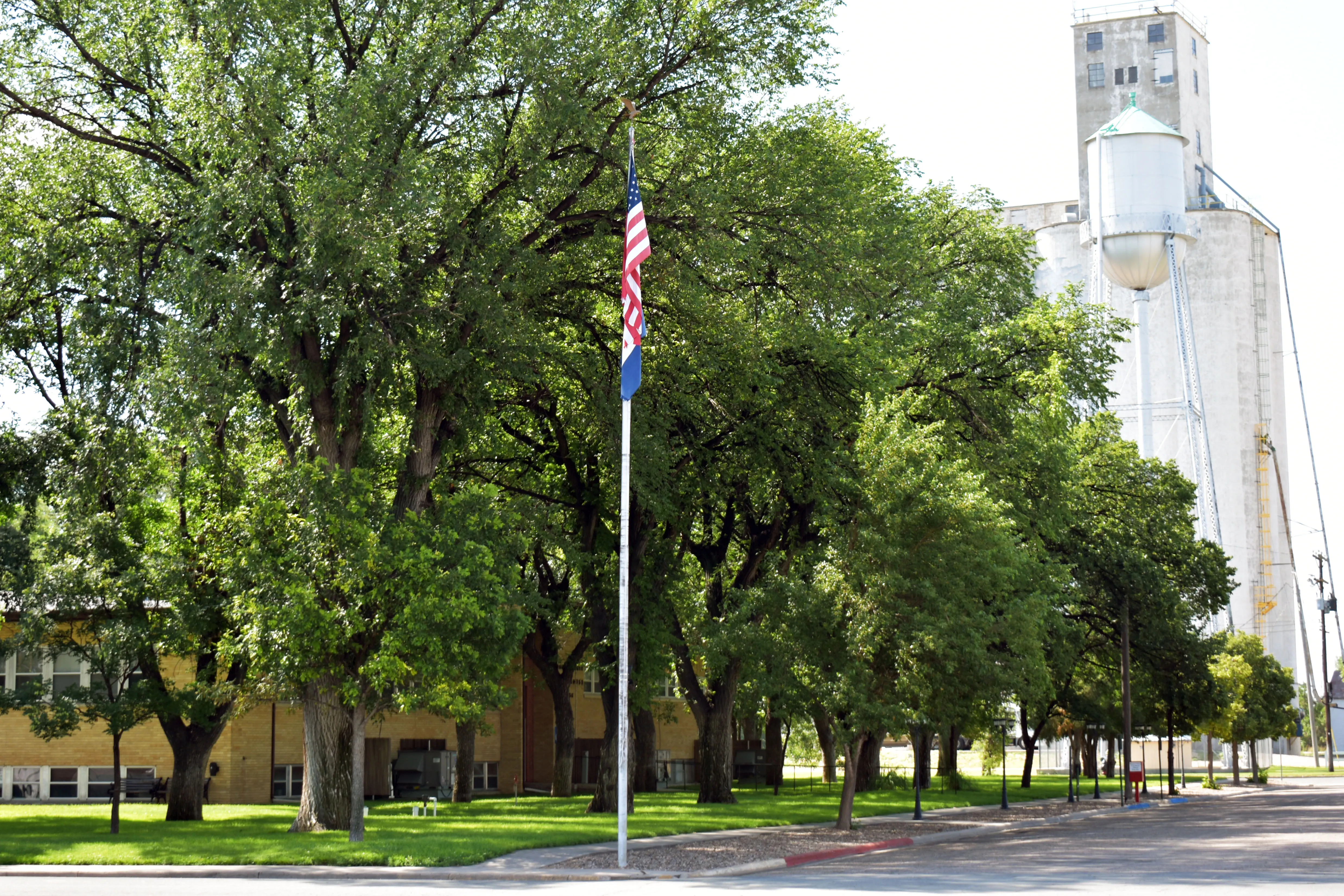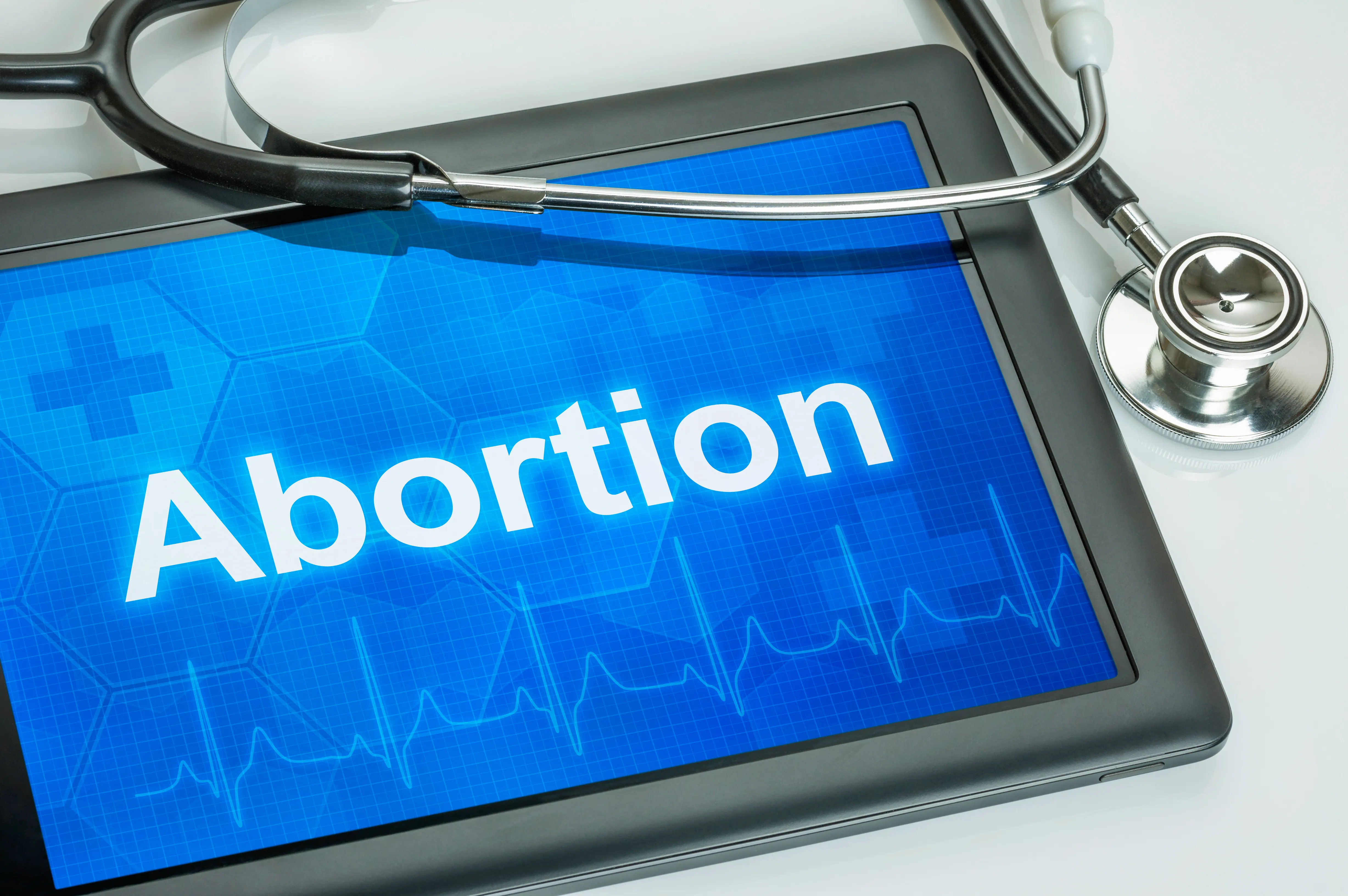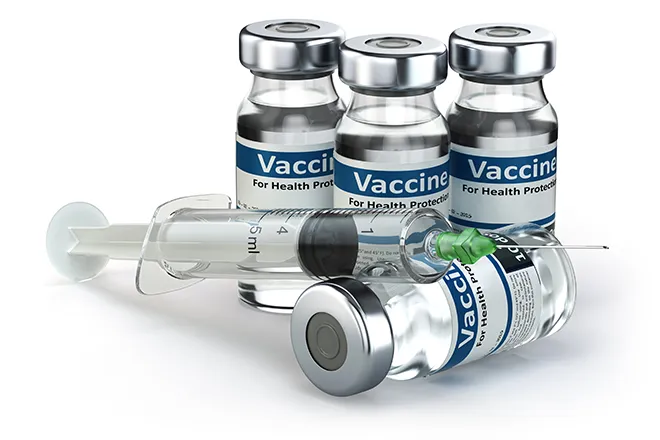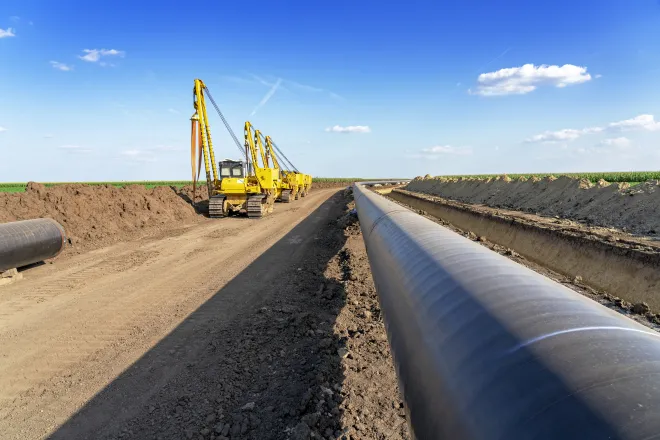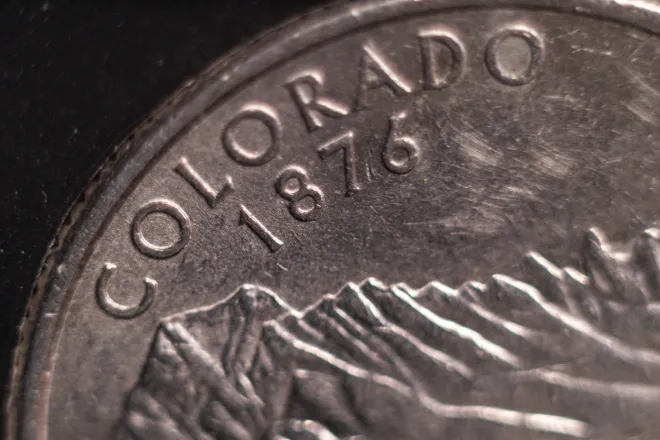
EPA Awards $1.3 M for Arkansas River Pollution
The U.S. Environmental Protection Agency (EPA) has awarded $1,293,010 to the Colorado Department of Public Health and Environment (CDPHE) to help protect human health and the environment through a Nonpoint Source Program Clean Water Act Section 319 cooperative agreement. This grant is given to states to implement environmental programs that address nonpoint source pollution in surface water and groundwater in order to improve and protect water quality.
EPA is partnering with states to protect and restore watersheds, streams and groundwater,” said EPA Administrator Scott Pruitt. “Investments like this grant allow states to support local watershed projects, improving water quality and supporting communities that depend on clean and healthy water resources.”
Under CDPHE’s Nonpoint Source Program, a targeted basin approach is used to provide funding for projects across the state. Three projects that will address water quality in the lower half of the Arkansas River in Colorado will be funded in 2017. The projects will support the continued voluntary efforts by landowners, local stakeholders, and local governments to address excess selenium pollution in the Arkansas River. Selenium is naturally occurring, but agriculture practices often increase the natural levels in rivers to levels that can harm human health and the environment.
"Our local partners in the Arkansas, Colorado and South Platte River basins will use these funds to plan and implement priority water quality improvement projects," said Patrick Pfaltzgraff, Director of CDPHE's Water Quality Control Division. “Perhaps most importantly, the funds will allow us to continue creating and strengthening our partnerships which is so crucial for sustaining quality waters throughout our state. We value and appreciate this EPA funding."
EPA’s grant will also provide funds to support local watershed planning for two additional river basins and for water quality outreach and education activities. The basic goal for all the projects is to improve water quality and restore the beneficial uses of waters impacted by nonpoint source pollution. The program works through a set of overarching principles that emphasize voluntary and incentive-based participation, locally-led projects, partnerships, measurable water quality improvement, and effective and efficient program administration.
Nonpoint source pollution encompasses a wide range of sources that are not always subject to federal or state regulation. These sources include agricultural runoff, unpermitted urban runoff, abandoned mine drainage, failing onsite disposal systems, and pollution caused by changes to natural stream channels. Congress enacted Section 319 of the Clean Water Act in 1987and established a national program to control nonpoint sources of water pollution. Through Section 319, the EPA provides states, territories, and tribes with guidance and grant funding to implement their nonpoint source programs and to support local watershed projects to improve water quality. Collectively, this work has restored over 6,000 miles of streams and over 164,000 acres of lakes since 2006. Hundreds of additional projects are underway across the country.
Photo: John Martin Reservoir on the Arkansas River in Bent County. Courtesy CPW

